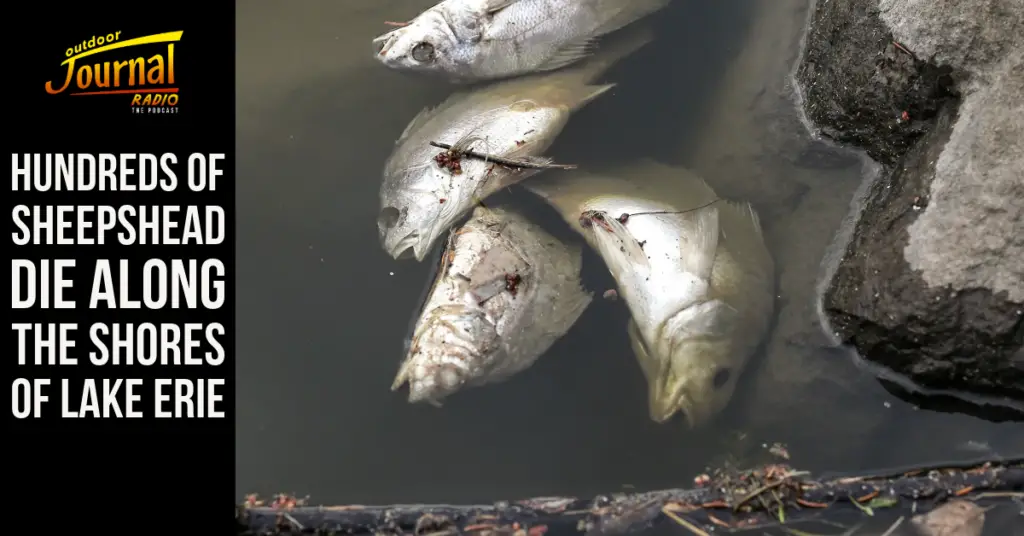Recent visitors to Lake Erie beaches have been alarmed by an influx of dead fish, mainly sheepshead (also known as freshwater drum), washing up along the shores. Thousands of these fish were found scattered across the beaches, leaving locals concerned and curious about the cause.
A post on the Port Stanley Bulletin Facebook page detailed one visitor’s experience during a beach walk in Port Bruce, noting, “The entire beach was littered with dead sheepshead.” Located about 50 kilometers southeast of London, Port Bruce and nearby Port Stanley have both been affected, with residents reporting similar scenes of fish carcasses along the shorelines.
Sheepshead, a type of humpbacked bottom-feeding fish, are often viewed as a nuisance by anglers, according to Nature Conservancy Canada. Some commenters also noted that other species like perch, as well as birds, were found dead along the bluffs and shorelines in Port Stanley.
One observer shared, “Along the shore, about every meter, there was a large, healthy-looking sheepshead. It stretched the entire length of the beach.”
The issue isn’t isolated to Canadian shores. In mid-August, the U.S. side of Lake Erie near Erie, Pennsylvania, saw hundreds of freshwater drum dying, as reported by the Erie Times-News. Prior to their deaths, the fish were observed struggling in the water, swimming sideways and unable to right themselves. U.S. park workers used pitchforks to clear the beaches of the dead fish to keep the areas usable.
Michael McKay, the executive director of the Great Lakes Institute for Environmental Research at the University of Windsor, attributed the phenomenon to “thermal stress” or what’s called an “upwelling” in hypoxic zones—areas of the lake with very low oxygen levels. Upwelling occurs when cooler water from deeper parts of the lake is forced toward the shoreline by winds, replacing warmer surface water. This water, often oxygen-deprived, can suffocate fish that are unable to escape the zone.
Ann Marie Gorman, a fisheries biology supervisor from the Fairport Fisheries Research Station in Ohio, confirmed that the event likely stems from upwelling. “Freshwater drum are the species most commonly affected,” she explained. “The upwelling essentially suffocated the fish unable to avoid it.”
These hypoxic upwelling events aren’t uncommon; they tend to happen every few years, though the conditions for them exist every summer. Along with the dead fish, these events often bring a strong odour of decay from the decomposing bodies onshore. Despite the unfortunate loss of fish, scavengers such as wildlife often take advantage of the situation, contributing to the natural cleanup process.
Research from the Journal of Great Lakes Research indicates that hypoxic zones have been expanding globally, with the number of such zones doubling every decade since the 1960s. In 2018, over 400 marine hypoxic zones were recorded worldwide.




